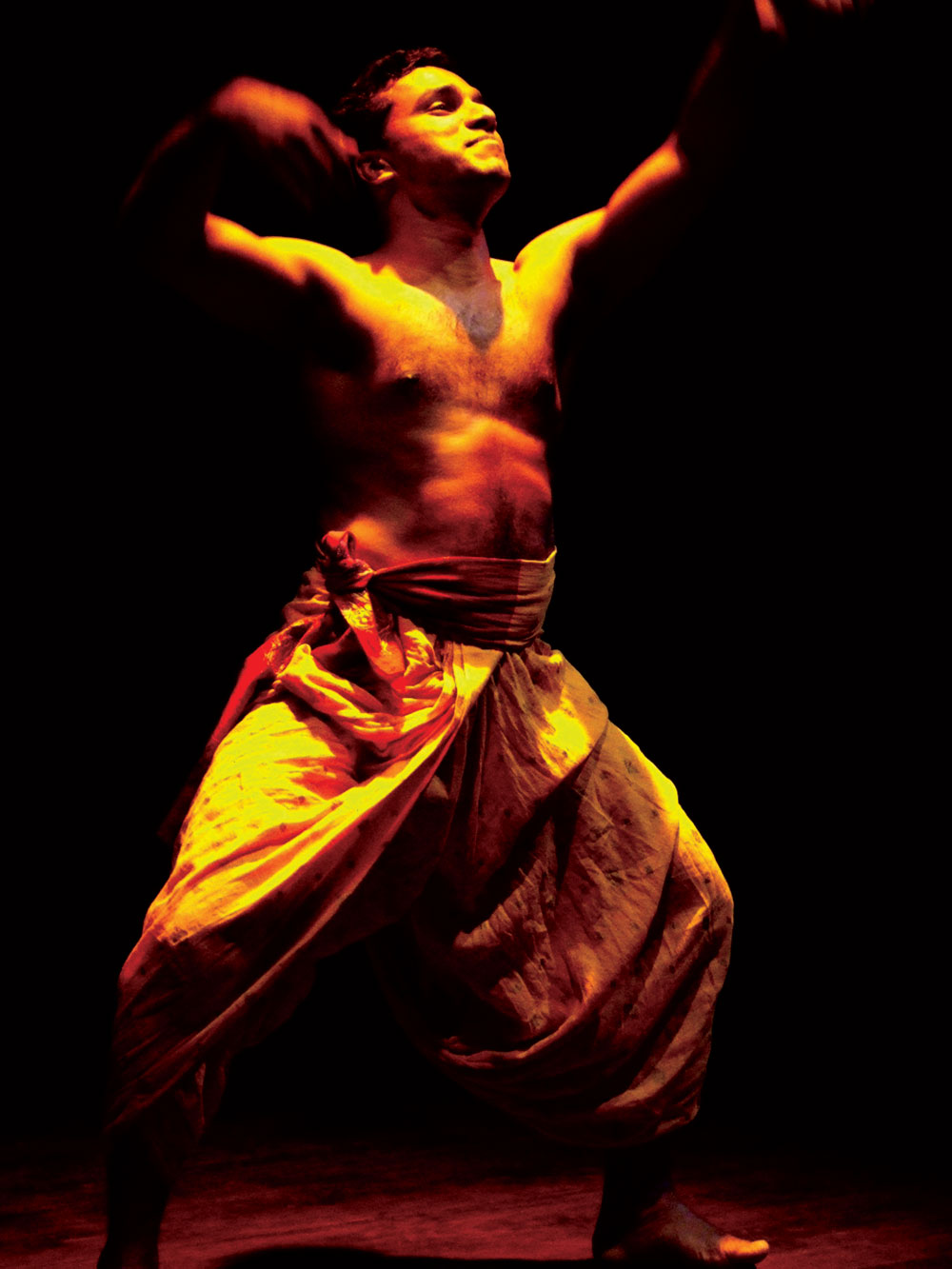Adishakti Laboratory for Theatre Art Research




Grant Period: Over six months
Adishakti, a theatre company established by Director Veenapani Chawla in 1983, has been engaged in research and reanimation of traditional knowledge in theatre, dance, music, movement and craft forms with a view to creating a contemporary hybrid aesthetic and performance language. Theatre is a summative art, according to Veenapani, an art inclusive of all the other arts. In continuity with historical traditions in India, Adishakti looks to use the different arts as signifiers or texts, but not completely so. While in the traditional arts, each text illustrates what the other is saying, and word, gesture and movement echo one other, the contemporary mind is not satisfied by this aesthetic of repetition because it can take in more than one viewpoint at the same time. To enable the actor to achieve an enlarged presence on stage, the Adishakti team has been exploring traditional Indian performance forms, which have a well-developed praxis for physical, vocal and psychological expression.
Adishakti has often reiterated its commitment to the notion of ‘aesthetic pluralism’ in theatre. The team has been in constant dialogue with the practitioners of a number of traditional forms like Mayurbhanj Chhau, Kalaripayattu, Koodiyattam and Kathakali. Earlier work with exponents of Koodiyattam led to two productions – Brhannala and Ganapati. This grant will support Adishakti to work towards its next production on the well-known story of the hare and the tortoise. An idea to do a quick production on Vikram Seth’s poem called ‘The Hare and the Tortoise’ evolved into a fresh and longer script that looks at other similar famous races and a few made up ones, with characters from Indian epics as also those from other cultures. She is also interested in incorporating the latest discoveries on the Zeno’s paradox as a sub-text, which questions the whole notion of a race.
This production will combine theatre with shadow puppetry. The actors will work with the script merely as a clothesline, layering the word and idea with images and sound. Although the script is predominantly in English, they expect elements of Tamil, Malayalam and Hindi to emerge as they improvise, which will then be incorporated into the performance. Referring to the growing use of multimedia in live performances, Veenapani feels that shadow puppetry was the precursor of these forms. A year ago, Adishakti adopted Mr Rajappan who is a ninth generation puppeteer belonging to a family of puppeteers from Tanjore. Having observed his work through this period, the group will now explore how this form could be extended beyond its existing practice. A leather puppetry workshop will be held with puppeteers from Kerala, Orissa, Andhra Pradesh and Karnataka, besides Rajappan from Adishakti, which will gather inputs from these various styles, apart from facilitating a cross-feeding among the puppeteers and their styles.
The Adishakti group has also been working with filmmaker Soudhamini to translate Brhannala into a film and they believe that this collaboration will influence their dealing with the puppet screen for this production. The team will also work closely with a mathematician to translate certain principles which convey the concept of the finite and the infinite through rhythm and dance. The production is scheduled to be staged towards the end February 2006 at Adishakti. This will be followed by performances at Auroville and the Sri Aurobindo Ashram, Pondicherry, before the group tours the country with the production.
